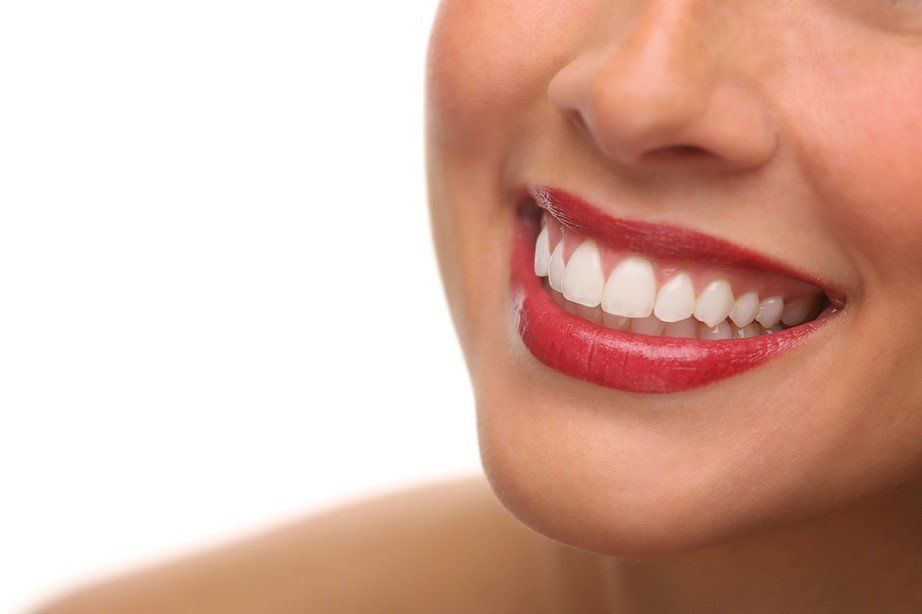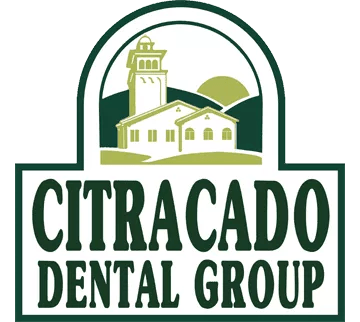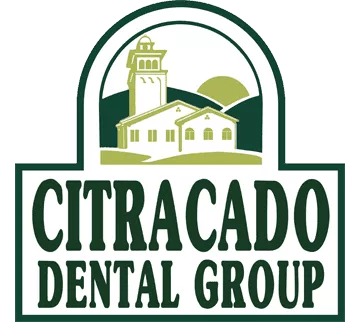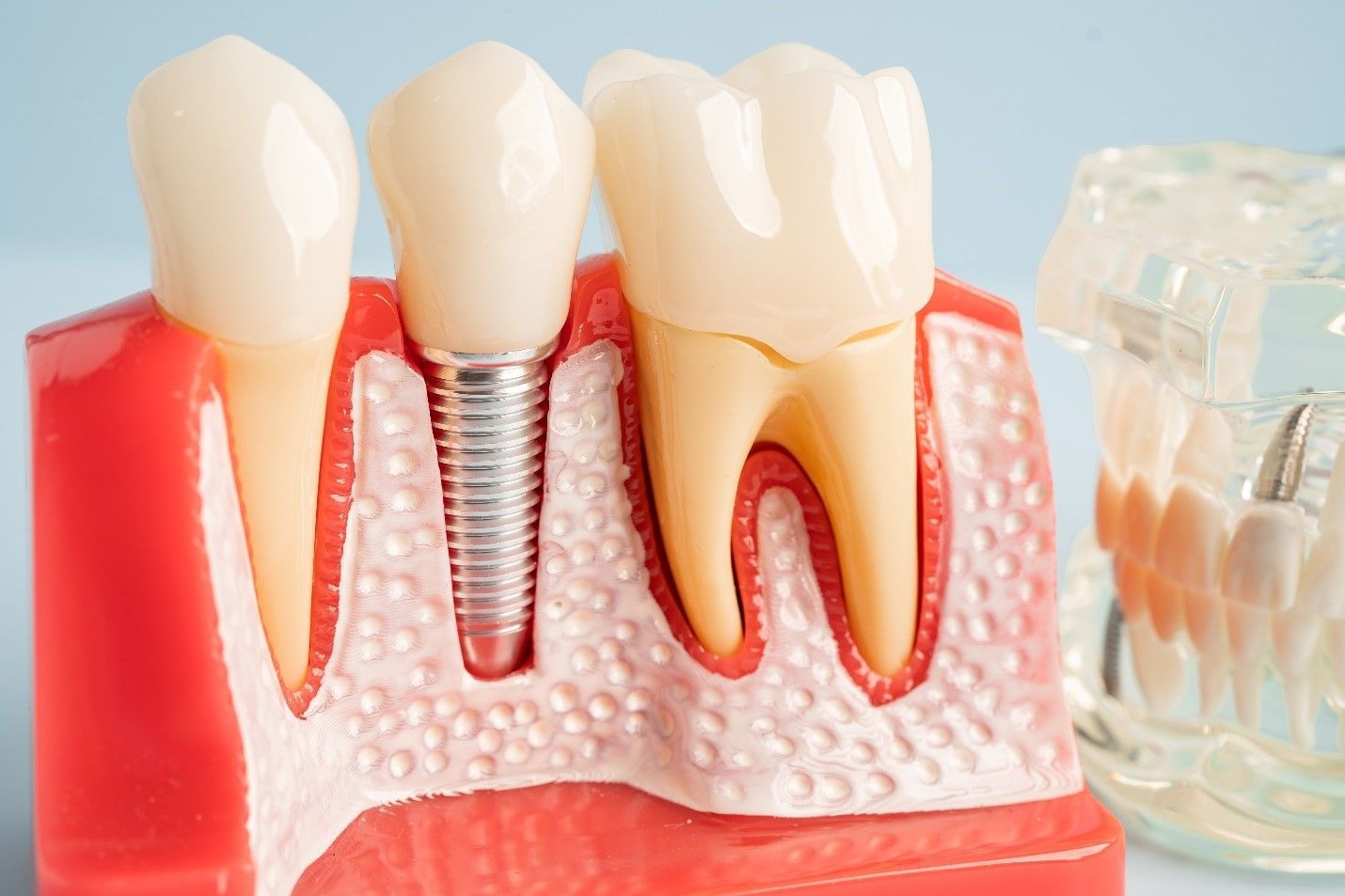WHAT YOU SHOULD KNOW ABOUT GUM DISEASE

Periodontal, also known as gum disease, is more common than you think.
Nearly half of all adults over 30 years old suffer from gum disease, including gingivitis.
It’s a reason for concern as tooth decay and gingivitis are two of the biggest threats to dental health. But steps can be taken right now before gingivitis evolves into the severe stage of the disease.
Here’s what you need to know about causes, warning signs and actions to take to fight back.
The early signs of periodontal disease result from not following good overall oral health, such as regular dental office visits and teeth-brushing.
Red and swollen gums are clues to gingivitis. Bad breath and post-brushing bleeding may also be signs.
The gums of those suffering from gingivitis will become irritated and swollen, inviting in food and bacteria to fester around the tooth.
If gingivitis is not treated correctly, it can lead to a more serious condition as the gums pull away from the teeth and develop pockets of bacteria. The bacteria-filled areas in the mouth lead to infection, bone loss and perhaps tooth extraction.
3 ways to stop advancement of gingivitis
- Visiting the dentist’s office regularly is one critical step to holding off the effects and advancement of gingivitis. Together, you and your health care professional can partner to assess oral health and plan accordingly. Unfortunately, too many skip out on regular dental care. This is a pressing issue given the shelter-in-place orders and health concerns arising from the COVID-19 pandemic. Some patients may not even realize gingivitis is developing because early gum disease is painless and symptomless. Avoiding routine office visits keeps gingivitis under the radar and untreated.
- Think about risk factors. For instance, smoking can increase the risk of gum disease and put a strain on overall health, too. A healthy diet can also positively contribute to gum health. Hard foods, such as carrots, help clean teeth surfaces and wash away debris. Sugar-free chewing gum will induce saliva flow, which can help drive out gunk inside the mouth. The same goes for other fresh fruits and vegetables.
- Practice good oral hygiene, which includes brushing your teeth twice a day. A soft brush is ideal for removing trapped debris between the gum line and tooth. Angling the brush toward the gum line in a circular motion will sweep away unwanted build-up and optimize the effectiveness. Flossing teeth after brushing must be part of a regular oral hygiene regimen. Most periodontal disease is found between the teeth, underscoring the importance of flossing.
Proper gum care starts in the home. Consistency of office visits and oral hygiene is also needed. You will be preventing future decay and contributing to your overall health.
QUICK MENU
RECENT POSTS






